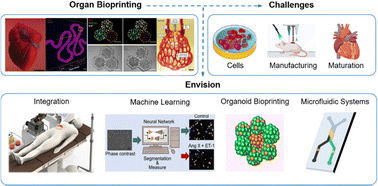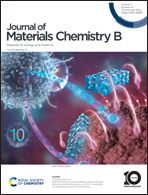Organ bioprinting: progress, challenges and outlook
Abstract
Bioprinting, as a groundbreaking technology, enables the fabrication of biomimetic tissues and organs with highly complex structures, multiple cell types, mechanical heterogeneity, and diverse functional gradients. With the growing demand for organ transplantation and the limited number of organ donors, bioprinting holds great promise for addressing the organ shortage by manufacturing completely functional organs. While the bioprinting of complete organs remains a distant goal, there has been considerable progress in the development of bioprinted transplantable tissues and organs for regenerative medicine. This review article recapitulates the current achievements of organ 3D bioprinting, primarily encompassing five important organs in the human body (i.e., the heart, kidneys, liver, pancreas, and lungs). Challenges from cellular techniques, biomanufacturing technologies, and organ maturation techniques are also deliberated for the broad application of organ bioprinting. In addition, the integration of bioprinting with other cutting-edge technologies including machine learning, organoids, and microfluidics is envisioned, which strives to offer the reader the prospect of bioprinting in constructing functional organs.

- This article is part of the themed collections: Journal of Materials Chemistry B Recent Review Articles and #MyFirstJMCB


 Please wait while we load your content...
Please wait while we load your content...